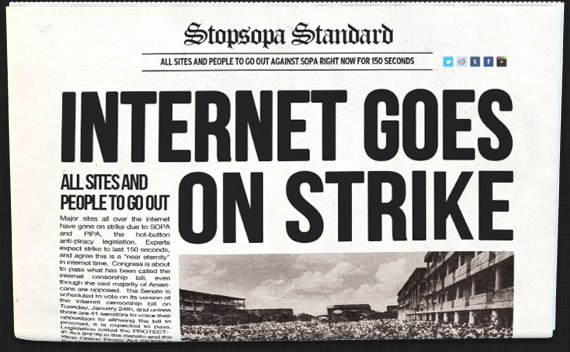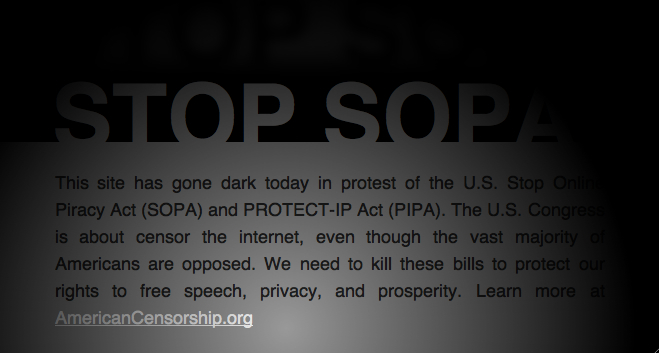Another reason I won’t be voting for Obama in 2012:
White House gives blessing to partial Keystone XL pipeline construction. [The Hill’s E2-Wire] – The White House backed TransCanada Corp.’s bid to build a major portion of the Keystone XL oil pipeline Monday, a move that could shield President Obama from growing GOP attacks over the project.



 Since The Doomsday Clock first appeared on the cover of The Bulletin of the Atomic Scientists in 1947, it has conveyed how close humanity is to catastrophic destruction, and has monitored the means humankind could use to obliterate itself. First and foremost, these include nuclear weapons, but they also encompass climate-changing technologies and new developments in the life sciences that could inflict irrevocable harm. The Scientists announced today that they are moving the clock forward one minute.
Since The Doomsday Clock first appeared on the cover of The Bulletin of the Atomic Scientists in 1947, it has conveyed how close humanity is to catastrophic destruction, and has monitored the means humankind could use to obliterate itself. First and foremost, these include nuclear weapons, but they also encompass climate-changing technologies and new developments in the life sciences that could inflict irrevocable harm. The Scientists announced today that they are moving the clock forward one minute.